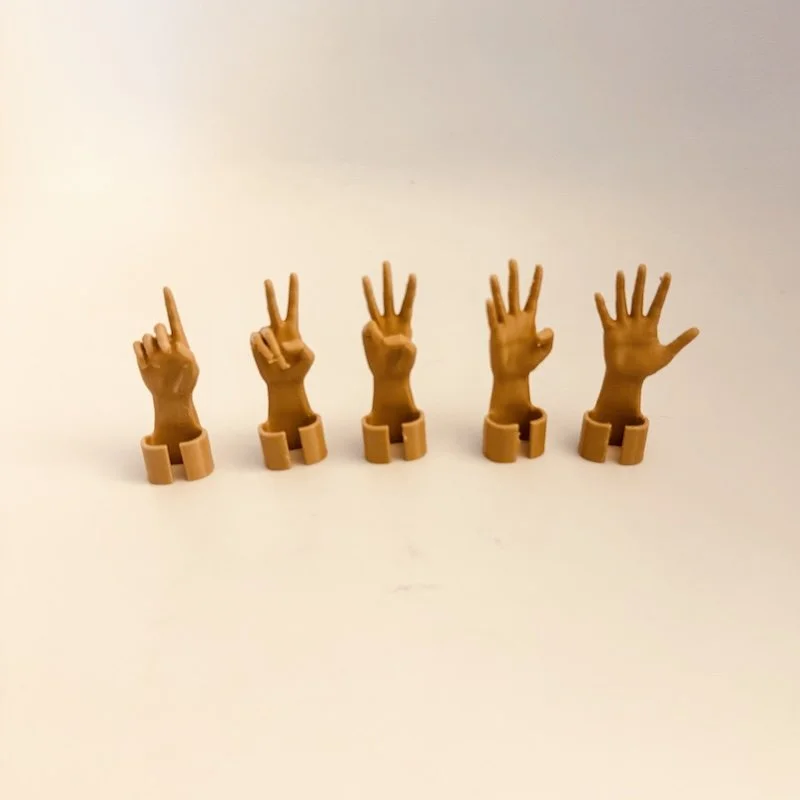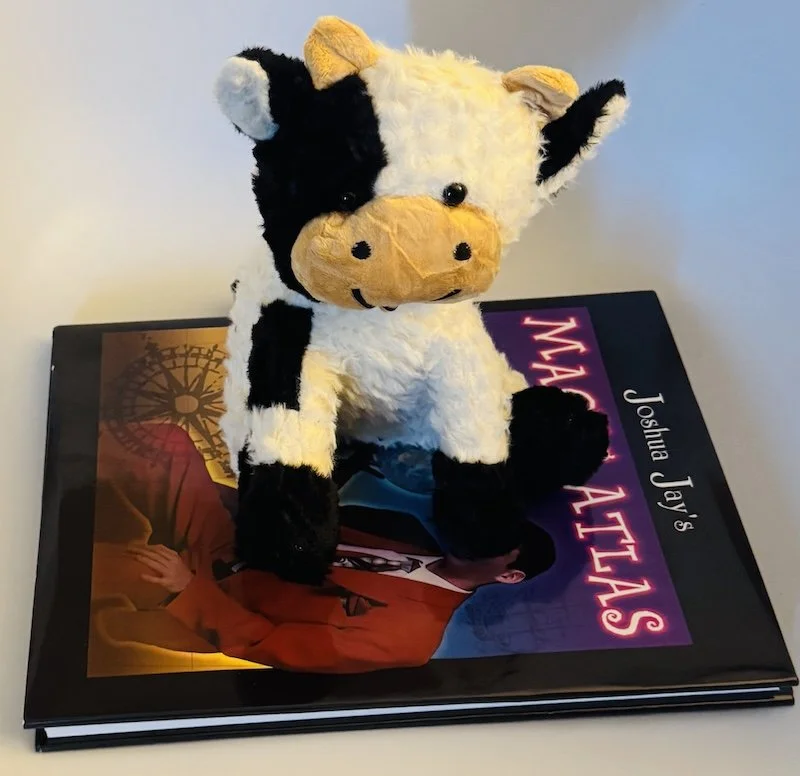Housing Your Repertoire: Satellite Hooks
/The posts on housing your repertoire [Part One and Part Two] have really been slowly kicking in. I feel im getting a better habit of performing thanks to it.
So thanks. I needed it. I have been trying to perform more. Im doing it slowly.
Here is just a small idea for certain magic apps that you can use.
I have my main phone screen with the minimal apps stuff i use daily: notes, phone, spotify, calendar and 3 more. The “addictive stuff” is on my third screen. So not really accessible. I do the same with magic apps. I put them in my 4th screen. (This is from a book i read on habits and phone addiction. Its helped immensely)
I started just moving one of the magic apps to the main screen. That way i can see it and be reminded of it. When i see an opportunity, i can perform. And then after i just switch another app into that position and move the used one to the 4th screen again. Rotating them.
Its a small thing. But its another place where you can think of “rotational housing.”—JFC
Yeah, this is a good idea.
You can also use this in the “real world,” not just with phone apps. Having a “feature” or “highlight” trick is something you could expand to other areas of your repertoire organization.
For example, you might have a display of decks of cards somewhere in your house. Take one of those decks and place it on your coffee table. That becomes the “featured” spot from your collection of unusual decks.
Or maybe you have a display of “strange objects” on a bookshelf. You could feature one of those tricks by placing it somewhere more prominent—on the kitchen table, or even in a shipping box by the front door, as if it just arrived..
This does two things:
First, it highlights a trick you’ve been wanting to do. It’s a built-in reminder to perform it when the opportunity comes up.
Second, it serves as a hook for anyone who sees it. They know you have a collection of interesting decks… but what’s this one? They’ve seen your shelf of weird objects… but why is this one out?
Your deck collection or your weird-object display are already hooks that can lead into a performance. These featured items act as satellite hooks, expanding the range of those displays.
Another example: I have a bookshelf full of books on esoteric subjects, plus various gimmicked books—each one designed to flow into an effect. If I pull one off the shelf and put it on the end table, it expands the range of that bookshelf’s hook.
You might feel like having a “highlight trick” locks you into performing that trick specifically, but it doesn’t. You can use it to lead into any trick from the larger collection.
If a friend notices a book on my end table and I decide the related trick isn’t the best fit for them, I can just say, “Eh, nothing. I thought I remembered something interesting in that book, but couldn’t find it.” Then, as I go to put it back on the shelf, I can “remember” another book I want to show them instead.
So the “highlight” trick can either be the thing you want to perform, or just the thing that leads you back to the original collection. Either way, it helps you transition naturally into a performance.
This might seem like just a small habit shift, but little nudges like this can have an outsized impact on both your opportunities to perform and how easily you can slip into the effect.





